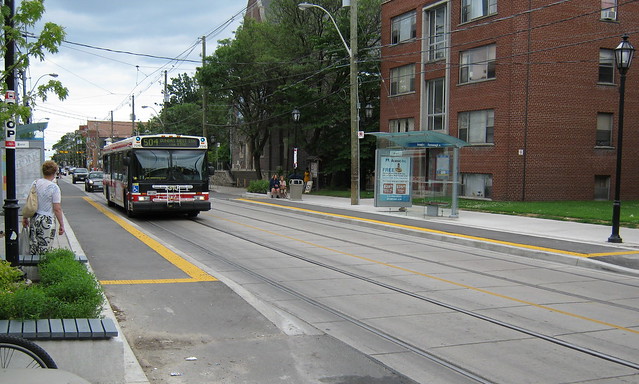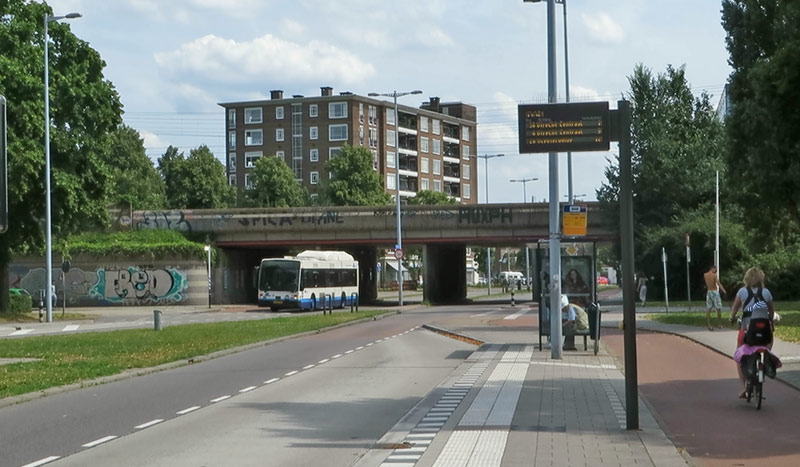reaperexpress
Senior Member
It's be a few years since I've cycled, but my recollection is that the bike and salt didn't get along very well at all!!
Also, despite being a mild winter, it's definitely colder now, than it was before Christmas!
No, bikes certainly don't mix well with salt. And nor do cars. Driving/riding in winter massively reduces the lifespan of the vehicle. In warmer climates such as California, you commonly see daily drivers that are two decades old (think 1996 Honda Civic). The same is true for cars/bikes here that don't get driven/ridden in winter. I personally have a cheap aluminum bike that I commute with all year, including winter months. It's 5 years old now, and it's starting to seem a bit worn though fortunately I haven't noticed any rust issues yet. Meanwhile my fancier "summer" (i.e. March-December) bike is well over a decade old and it's still in pristine condition.
EDIT: though now that I think about it, I also don't ride the "summer" bike in the rain, since it doesn't have fenders.
Last edited:









